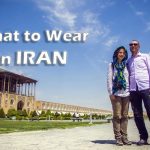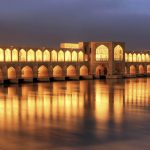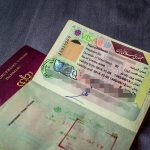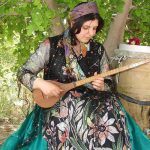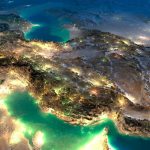Norooz or Nowruz in the word means “New Day”. It is the new day that starts the year, traditionally the exact astronomical beginning of the Spring. Iranians take that as the beginning of the year. This exact second is called “Saal Tahvil”. No-Rooz with its’ uniquely Iranian characteristics has been celebrated for at least 3,000 years and is deeply rooted in the rituals and traditions of the Zoroastrian.


Norooz is partly rooted in the religious tradition of Iranian religions such as Zoroastrianism or even older in a tradition of Mithraism because in Mithraism festivals had a deep linkage with the sun light. The Persian festivals of Yalda (longest night) and Mehregan (autumnal equinox) and Tiregān (longest day) also had an origination in the Sun god (Surya). Among other ideas, Zoroastrianism is the first monotheistic religion that emphasizes broad concepts such as the corresponding work of good and evil in the world, and the connection of humans to nature. Zoroastrian practices were dominant for much of the history of ancient Persia (modern day Iran & Western Afghanistan). Norooz is believed to have been invented by Zoroaster himself in Balkh (modern-day Afghanistan), although there is no clear date of origin. Since the Achaemenid era, the official year has begun with the New Day when the Sun leaves the zodiac of Pisces and enters the zodiacal sign of Aries, signifying the Spring Equinox. Norooz is also a holy day for Sufi Muslims, Bektashis, Ismailis, Alawites, Alevis, Babis and adherents of the Bahá’í Faith.


The term Norooz in writing first appeared in historical Persian records in the 2nd century CE, but it was also an important day during the time of the Achaemenids, where kings from different nations under the Persian Empire used to bring gifts to the Emperor, also called King of Kings (Shahanshah), of Persia on Norooz. The significance of Norooz in the Achaemenid Empire was such that the great Persian king Cambyses II’s appointment as the king of Babylon was legitimized only after his participation in the New Year festival.


The first day on the Iranian calendar falls on the March equinox, the first day of spring, around 20 March. At the time of the equinox, the sun is observed to be directly over the equator, and the north and south poles of the Earth lie along the solar terminator; sunlight is evenly divided between the north and south hemispheres.
In around the 11th century CE major reforms of the Iranian calendars took place and whose principal purpose was to fix the beginning of the calendar year, i.e. Nowrūz, at the vernal equinox. Accordingly, the definition of Norooz given by the Iranian scientist Ṭūsī was the following: “The first day of the official new year was always the day on which the sun entered Aries before noon”.


